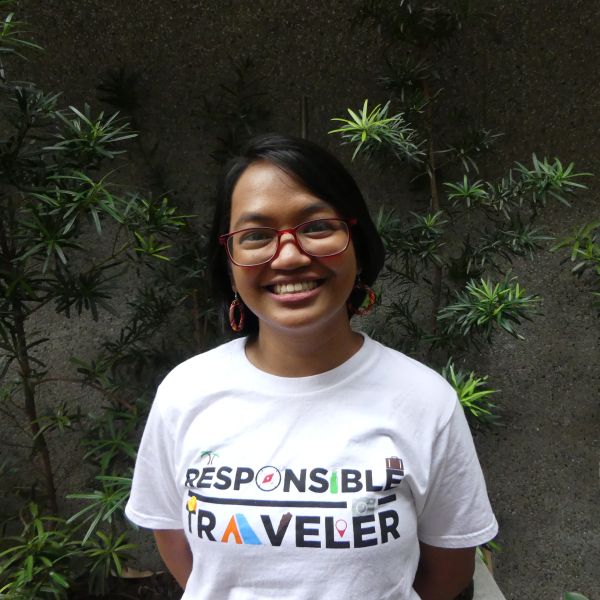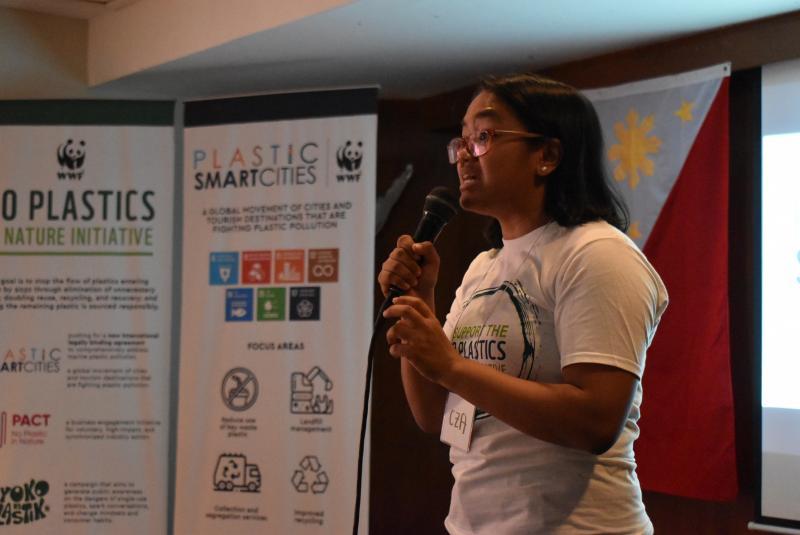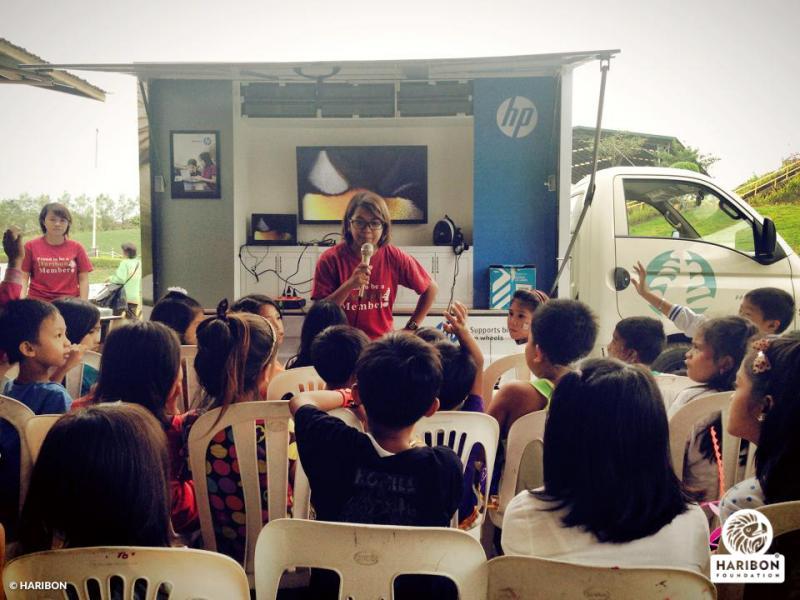Image

-
Czarina Constantino
National Lead for No Plastics in Nature initiative, World Wide Fund for Nature - Philippines
- 30 Under 30
- 2020
Marikina City, Philippines
Age: 29
Czarina works collaboratively with stakeholders to drive accountability and use participatory approaches to stop plastic waste leakage in nature.
How are you using education to build more sustainable and equitable communities?
I believe that education is a strategic approach to ensure that stakeholders have access to science-based information to generate accountability and action. Currently, I work to ensure that policy-makers, businesses, cities, local communities, and the general public are included in implementing a systemic approach towards WWF’s vision of No Plastics in Nature by 2030 in the Philippines. We work on generating and communicating baseline data to provide technical guidance to policy-makers and key government actors, guide businesses in their journey towards circularity, assist cities and local communities in implementing interventions for increased plastic waste diversion, and build on citizen science for mobilizing action.
Through this, we’ve seen increased accountability and action from key stakeholders, including three Plastic Smart Cities signees, a partnership with policy makers regarding Extended Producer Responsibility and global treaty on marine plastic pollution, and 20 businesses driving towards circularity.

Tell us about your journey to where you are today.
I was a Corporate Training Specialist when I went to Sagada, Mountain Province, Philippines, in 2012. When I saw the mountains transition from greenery to houses, that was my turning point to pursue a career in environmental education.
Being a psychology graduate, it was challenging to teach about biology, so I doubled my efforts to learn and teach about environmental issues. There are good days when you feel accomplished, and bad days when people may question your credibility about a topic. Whatever day it is, I always remind myself why I need to contribute to environmental conservation.
These experiences have encouraged me to pursue a postgraduate degree in environmental management, which has been helpful in broadening my work in community education where I’ve seen how environmental education can contribute to protecting and managing Key Biodiversity Areas.
I am now working in project management, where education is also an important approach for influencing change and addressing plastic pollution.

What advice would you give to the next generation of leaders?
First, environmental conservation is a multi-disciplinary approach. It is not limited to those with science degrees, and there is always something you can bring. This is an opportunity to collaborate and exchange expertise across disciplines.
Second, every voice counts. We need to listen to all stakeholders, from city officials to community leaders, to generate a localized approach for addressing environmental issues. It is when all perspectives are taken into account that we increase participation and empower marginalized communities.
Third, strengthen your WHY, or your reason for doing the things you do. The journey will be challenging but bearable if you hold on to why you are doing this in the first place.
Our growth must not be limited to what we think is right. There is no other way to better our work in conservation but to listen and continue learning from research, experience, and other people’s perspectives.
What color would you be in a crayon box and why?
Yellow, as it exudes optimism and hope. I always think that there should be something to brighten up our day and be thankful for. When things do not go as planned, those are things to learn from. Similarly in the environmental education world, it is our duty as educators to always look for hope that our stakeholders can hold on to amidst the many environmental issues.
What are you happiest doing?
I am at my happiest when I am immersed in communities. I am always excited to listen and learn from community stories, where I understand our similarities and differences. It is with this understanding, I believe, that we can better empower communities.